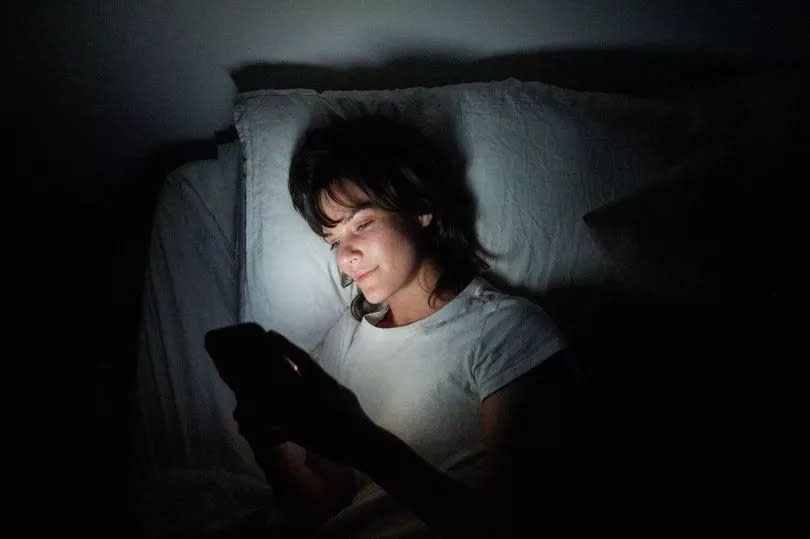Symptoms of type 2 diabetes as scientists find common nighttime habit can raise risk

Many of us are guilty of habits we know aren't that good for us. In recent years there has been a lot of discussion about the impact of mobile phones and screen time on our health.
Studies have proven that staying up late on your devices could be making it harder for you to not only get to sleep, but also ruining the quality of your sleep.
But now researchers are saying that exposure to lights at night could have an even more dangerous side effect. According to a new study, published in The Lancet Regional Health Europe, nighttime light exposure can increase your risk of developing type 2 diabetes.
Diabetes is a condition that occurs when blood sugar levels become too high. Type 2 diabetes, which is far more common than type 1, affects around 90 percent of all diabetes patients.
It's often caused by being overweight and inactive, but genes can play a role as well. Health experts advise those at risk of diabetes to maintain a healthy weight and regulate their diet, but new findings by researchers from Australia, the UK, and the USA suggest that steering clear of bright lights at night could be added to the list of precautions.
Andrew Phillips, an associate professor at Flinders University College of Medicine and Public Health, stated: "The results showed that exposure to brighter light at night is associated with a higher risk of developing diabetes, with a dose-dependent relationship between light exposure and risk. Our findings suggest that reducing your light exposure at night and maintaining a dark environment may be an easy and cheap way to prevent or delay the development of diabetes."
Researchers delved into light exposure patterns of around 85,000 individuals, analysing a staggering 13 million hours of light sensor data. Subjects without type 2 diabetes wore light trackers on their wrist, gathering data on light exposure both day and night.
They were monitored for a span of nine years to determine if they would develop type 2 diabetes, revealing that greater exposure to bright lights between half-past midnight and 6 in the morning increased the likelihood of developing the condition.
Even when individuals experienced high levels of light during daytime, the correlation persisted. The research took into account several factors such as lifestyle, sleep, shift work, diet, and mental health, but still, the association stood firm.
The research team proposed that the disruption of circadian rhythms due to intense nighttime light could raise the possibility of developing type 2 diabetes. Circadian rhythms serve as our internal time-keeping system, syncing our biological clock to the 24-hour cycle of light and darkness, indicating times of wakefulness and sleep.
Disrupting this biological clock affects the normal rhythm of other bodily processes, including glucose metabolism and insulin secretion levels, which regulate blood sugar.
According to the NHS, you are also more at risk of developing type 2 diabetes if you:.
Are over 40 years old, or over 25 if you're from an Asian, Black African or Black Caribbean ethnic background
Have a close relative with diabetes (such as a parent, brother or sister)
Are overweight or living with obesity or are not very physically active
Are from an Asian, Black African or Black Caribbean ethnic background.
Common signs of diabetes include:
Urinating more than usual
Feeling thirsty all the time
Feeling very tired
Losing weight without trying to
Itching around your penis or vagina, or repeatedly getting thrush
Cuts or wounds taking longer to heal
Blurred vision.
If you experience symptoms you should speak to your GP.

 Yahoo News
Yahoo News 
